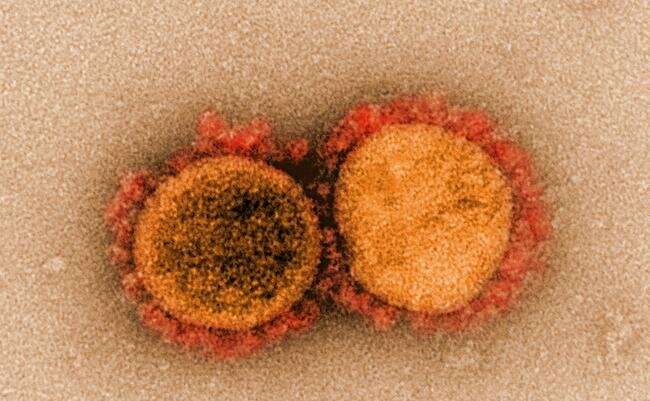

The highly infectious SARS-CoV-2 variant that recently emerged in South Africa, known as B.1.351, has scientists wondering how existing COVID-19 vaccines and therapies can be improved to ensure strong protection. Now, researchers reporting in ACS’ Journal of Medicinal Chemistry have used computer modeling to reveal that one of the three mutations that make variant B.1.351 different from the original SARS-CoV-2 reduces the virus’ binding to human cells––but potentially allows it to escape some antibodies.
Since the original SARS-CoV-2 was first detected in late 2019, several new variants have emerged, including ones from the U.K., South Africa and Brazil. Because the new variants appear to be more highly transmissible, and thus spread rapidly, many people are worried that they could undermine current vaccines, antibody therapies or natural immunity. Variant B.1.351 bears two mutations (N501Y and E484K) that can enhance binding between the receptor binding domain (RBD) of the coronavirus spike protein and the human ACE2 receptor. However, the third mutation (K417N; a lysine to asparagine mutation at position 417) is puzzling because it eradicates a favorable interaction between the RBD and ACE2. Therefore, Binquan Luan and Tien Huynh from IBM Research wanted to investigate potential benefits of the K417N mutation that could have caused the coronavirus to evolve along this path.
Source: Read Full Article